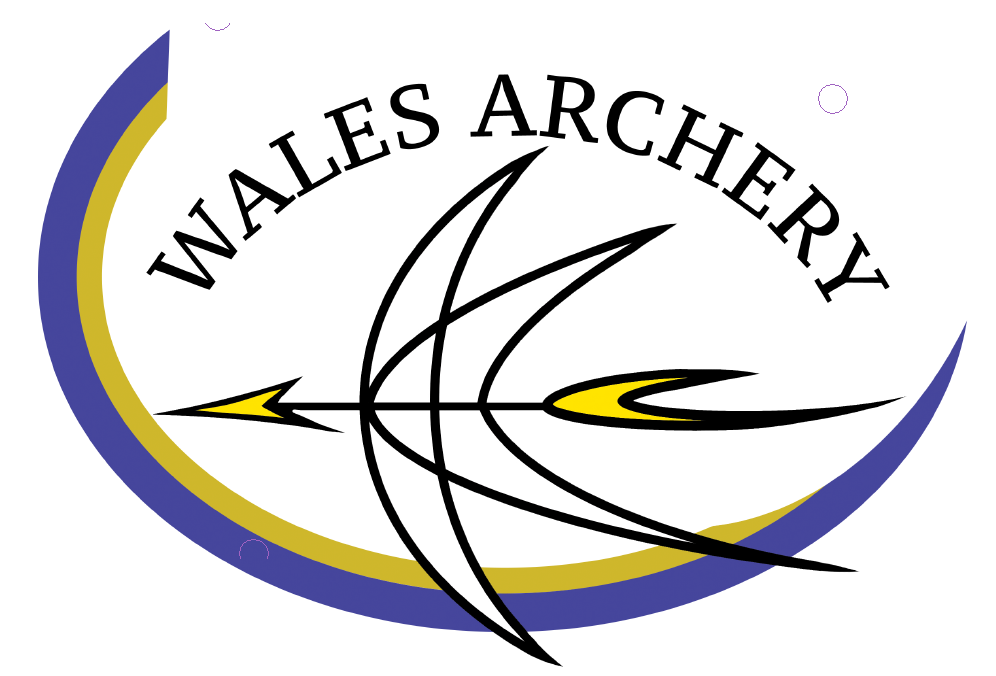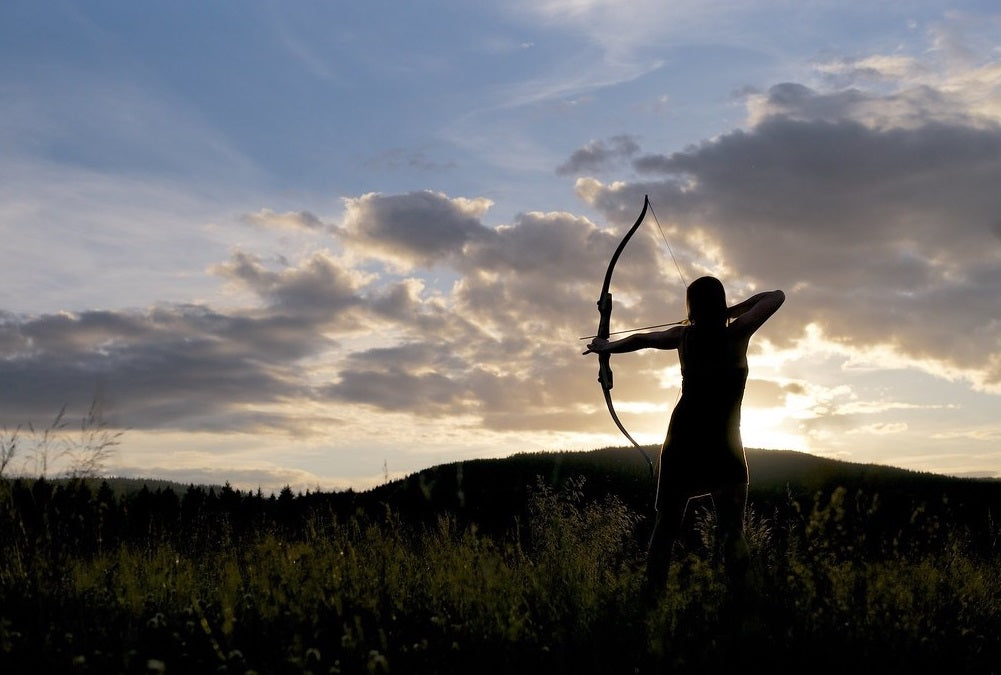Barebow

Riser
When purchasing your first recurve bow what I always recommend is, spending as much as you can on the riser (the part that you hold) and less so on the limbs. The reason is, because most people will want to go up poundage fairly soon, so you will be buying limbs again.
I would always recommend a barebow specific riser as there are certain advantages to shooting one. The first is that the riser has been designed to shoot without stabilizers and tends to feel much nicer after the shot without them. The big difference, however, is that nearly all barebow risers have some kind of weight system built into them. This allows you to customise the overall weight and feel of the riser which is important as a heavier riser tends to be more stable in the hand.
It is always worth trying out different risers in the hand as each riser has a different grip and all of our hands are different shapes and sizes.
Check out the risers below here are some that we suggest.
Limbs
When purchasing your first set of limbs I would always recommend spending no more than around £100. This is because you might very well go up in limb weight within a few months depending on how much shooting you do. Most modern limbs will take a fast string material but it is always worth checking to make sure, a modern string material adds significant performance to the bow.
Suggested Limbs below.
Bow Length
The overall length of the bow is made up of a combination of the riser and limb length, the bow length is determined by the archers draw length.
Pressure Button (Optional Extra)

One advantage to having a pressure button is that you are able to set the centre shot (aligning your arrow central to the bow) allowing for consistent clearance. You can also adjust the tension on the button allowing for more tune ability in your arrows resulting in a more forgiving shot.
Suggested buttons.
Free Style (Recurve)

Riser
The more expensive the risers is, you get tighter tolerances, more adjustment, a better finish as well as more tune ability. It is always worth trying out different risers in the hand as each riser has a different grip.
Limbs
When purchasing your first set of limbs I would always recommend spending no more than around £100, this is because you might very well go up in limb weight within a few months depending on how much shooting you do.
Suggested Limbs below.
Bow Length
The overall length of the bow is made up of a combination of the riser and limb length, the bow length is determined by the archers draw length.
Sights
When you loose the string the energy travels into the arrow, then continues into the limbs followed by the sight. This part of equipment takes a tremendous amount of vibration this is why I would always recommend choosing the best quality sight your budget will allow.
Suggested Sights.
Pressure Button (Optional Extra)
As above, the pressure button allows for fine adjustments.
Stabilization (Optional Extra)

When purchasing your first bow, stabilizers are not mandatory and are a completely optional extra. What stabilizers do briefly is take vibration out of the bow, reduce the amount the sight pin moves and stabilizes the bow in your hand. There are different length long rods, side rods and extenders, so it is always worth trying out different combinations before making a purchase.
As a quick side note, if you are purchasing stabilizers, I would always recommend getting the longrods and siderods at the same time if budget allows. When using just a long rod, all of the weight is extended out in front making the bow want to drop forward, this can lead to a strained bow arm trying to counteract that motion. When siderods are attached this balances the setup so that the bow arm can relax more.
Suggest stabilizers.
Compound

Draw Length
When looking at your first compound the most crucial part to get right is the draw length because unlike other bows certain compounds will only have so much draw length adjustment.
Bow Length Axle To Axle
A longer compound is designed to be more stable in the hand and smoother to shoot ideal for target archery. Shorter bows are less stable in the hand but the benefit is they are quicker ideal for field and unmarked rounds.
Limb Style
Limb design is another important part of choosing your first compound bow, the below image is a flat limb design, this sends the energy vertically upon release for a more relaxing after shot feeling.

Conventional limbs pictured below sends the energy horizontally towards the target resulting in more feedback.

Cam Style
Cam style can greatly determine how the bow feels and performs, I would recommend for your first bow a medium cam as they are smoother to draw and less aggressive on the back wall at full draw.
Certain cam designs allow you to relax far more at full draw, making it ideal for archers who shoot once or twice a week as it doesn’t challenge you during the shot.
A more competitive cam on the other hand will not allow you to relax as much, the bow will want to come down, and the benefit is that it keeps you working all the way through the shot.
Sights
When you lose the string, the energy travels into the arrow, limbs then the next place it goes is in the sight. This part of equipment takes a tremendous amount of vibration, this is why I would always recommend as good of a quality sight as your budget will allow.
Suggested sights
Arrow Rest
The three main types of arrow rests are prongs, blades and drop-aways, each has their own advantages. Prong arrow rests are easy to draw the arrow, the more expensive ones have good adjustability, but difficult to draw narrow carbon arrows on it. Blade rests are harder to draw the arrow on but different sizes are available for more tune ability. Drop-away arrow rests offer a range of advantages, first they are easy to draw as the arrow can’t come of the rest. The second benefit is that you can use your indoor and outdoor arrow without having to change the rest, the final advantage is that there is far less chance of arrow contact, but they are more expensive and there is no tune ability.
Suggested Rests.
Release Aid
The release aid is without a doubt the most important piece of equipment to spend as much as you can on. There are very small, intricate moving parts that are put under enormous stress. The more you spend, the smoother the action you get along with plenty of adjustment which is crucial for setting up. There are many different types of release aids from wrist release to back tension, but a thumb release is the better choice for new archers.
Suggest release aids.
Stabilization (Optional Extra)
As with recurve, it is not mandatory to purchase stabilizers, but it is recommended to invest in a decent set of long and side rods. This will help with the stabilization of the bow, along with improving scores.
Suggested stabilizers.
Longbow

String Material
When purchasing your first longbow, if you are looking at competing or shooting any kind of distance, I would highly recommend a longbow that will take a fast string material. You will get the most performance out of this, not all longbows will endure a fast string material so it is best to ask to make sure.
Draw Length
A very important part to get right is not only the draw length but also the poundage, it is imperative that the draw length is measured accurately as every inch you draw more or less you are gaining or loosing around 2lb from the bow. To get the most performance out of the bow you always want to be shooting towards the upper draw length as the bow is the most efficient there. Never exceed the maximum draw length as this can damage and even break the bow
Poundage
Something that I see all too often is people purchasing bows that are far too heavy. This normally leads to short drawing the bow, remember every inch you draw less is around a 2lb decrease in draw weight. I would recommend draw weight equal to whatever you are pulling on a recurve bow if you are unsure you can always try the bow out. If you are looking for a re-enactment bow the maximum draw weight that is allowed is 35lb.
General care
A longbow, as elegant as they are, at the end of day it is a few bits of wood stuck together with glue this means that they require extra care. Before even shooting the bow you should warm it up by rubbing the bow up and down with your hands to create friction, we want to warm the woods up before bending them to string the bow. Whenever stringing and de-stringing your bow always use a stringer, although the traditional way might look fancy, this damages the bow and in certain instances has led to a total bow failure.
Suggested Longbows.


